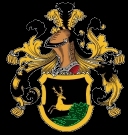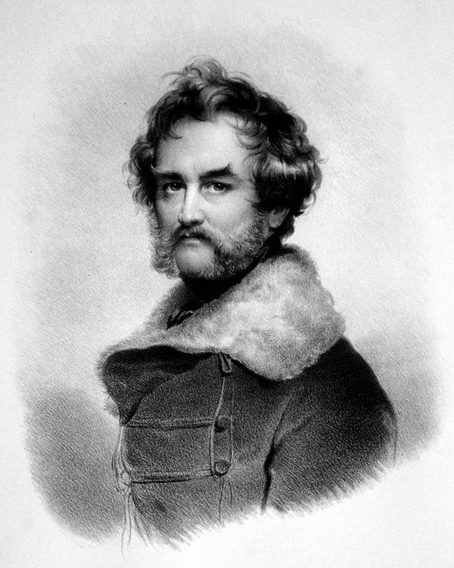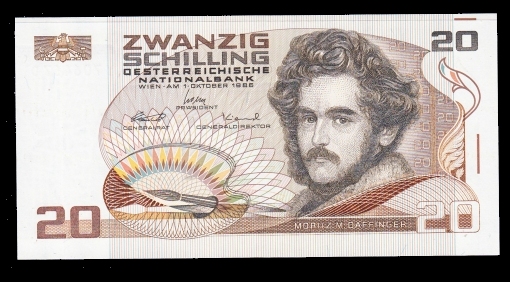

Daffinger

Lithograph, 1856
Moritz Michael Daffinger (Lichtental, Austria, 25 January 1790 – Vienna, Austria, 21 August 1849) was an Austrian miniature painter and sculptor.
He was born, the son of Johann Daffinger (1748–1796), a painter at the local porcelain manufactory. The eleven-year-old likewise was accepted as an apprentice and later went on to study at the Academy of Fine Arts, where he attended painting lessons with Heinrich Füger.
His specialty remained painting on china.
From 1809 he worked only on portraits, specializing in miniature painting on ivory.
In 1812 was employed as a portraitist by the Austrian Foreign Minister Klemens von Metternich and became administrated the extensive portrait collection of Metternich's third wife Princess Melanie.
He was influenced by Jean-Baptiste Isabey and even stronger by the English portrait painter Thomas Lawrence, who visited Vienna in 1819.
In his late years he concentrated on the painting of flowers.
Daffinger died in 1849 during a cholera epidemic in Vienna and was buried in the St. Marx Cemetery.
In 1912 his mortal remains were transferred to an Ehrengrab in the Vienna Zentralfriedhof.
Daffinger left more than a thousand portraits were mostly owned by the Austrian imperial House of Habsburg-Lorraine.
His portrait graced the obverse of the Austrian 20-schilling banknote that circulated until the introduction of the euro in 1999.


